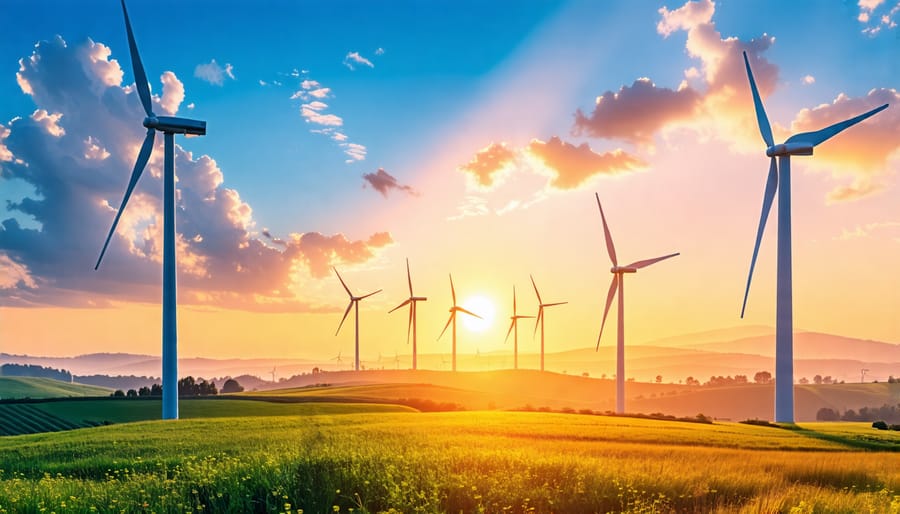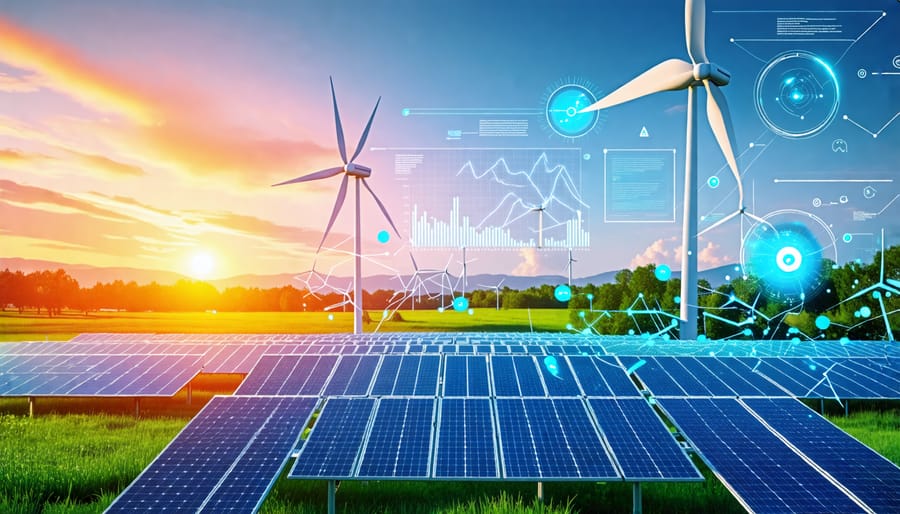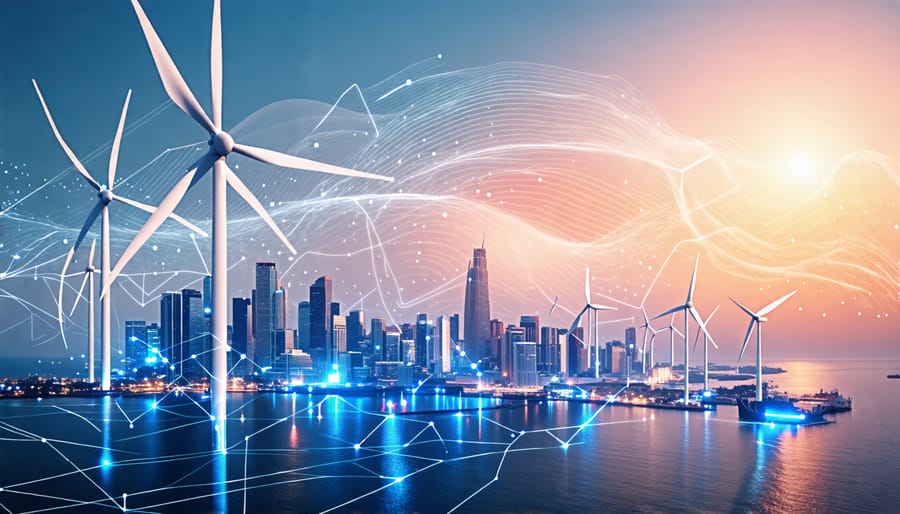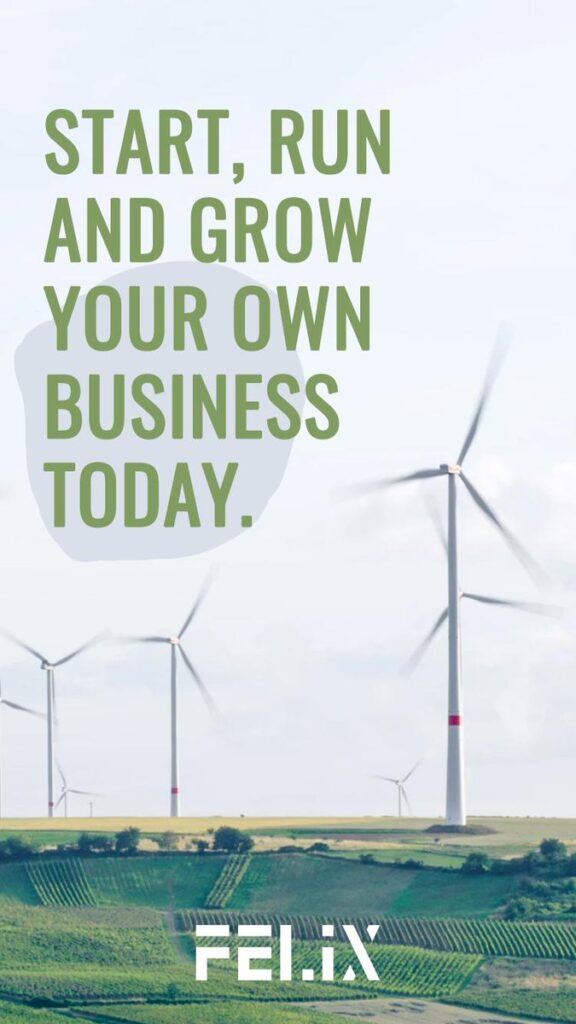Evaluate the benefits of wind energy by reviewing its minimal carbon footprint and renewable nature, contrasting it with fossil fuel sources. Examine successful wind energy implementations through case studies, highlighting locations where turbines have effectively reduced pollution and increased energy sustainability. Understand challenges like wildlife impact and noise pollution by consulting expert opinions and peer-reviewed studies. Explore future advancements in wind technology that promise more efficient, quieter turbines, enhancing ecological compatibility while ensuring energy needs are met sustainably.
Understanding Wind Energy
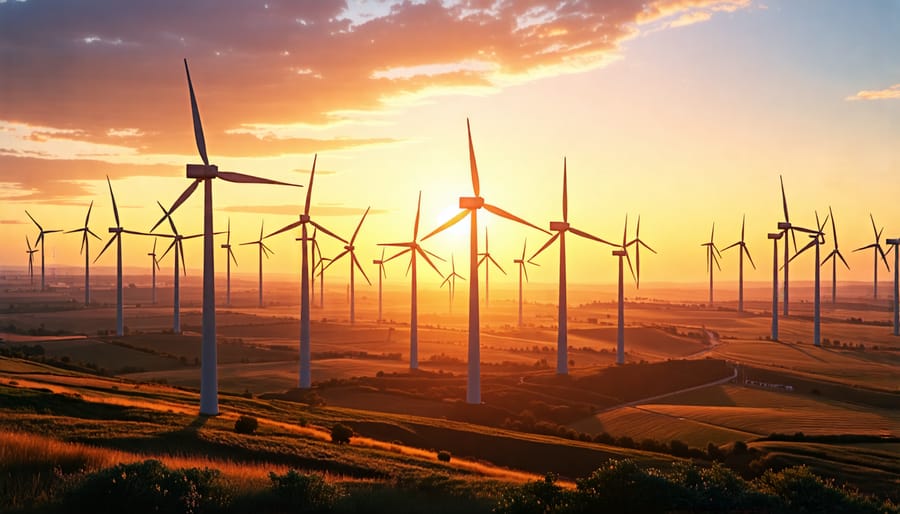
The Basics of Wind Power
Wind power harnesses the natural force of the wind to generate electricity, offering a sustainable and clean energy solution. The process begins with wind turbines, which are designed to capture kinetic energy from the wind. As wind flows over the turbine blades, it causes them to spin, converting kinetic energy into mechanical energy. This mechanical energy is transferred to a generator within the turbine, where it is transformed into electrical energy. This technology relies on sophisticated engineering, including aerodynamic blade designs and advanced control systems that optimize performance even in varying wind conditions. For those interested in the detailed mechanics and principles behind this process, exploring the wind power fundamentals provides insight into this remarkable technology. With continuous advancements, wind energy is not only reducing carbon footprints but also paving the way toward a greener future.
Global Wind Energy Landscape
Wind energy is rapidly gaining traction around the world as a clean, sustainable power source. Countries like China, the United States, and Germany are leading the charge, showcasing substantial investments in wind farm infrastructures. China, the global leader, has installed over a third of the world’s wind capacity, driven by domestic demand and robust government initiatives. The United States closely follows, with vast wind farms across plains like Texas and the Midwest, contributing significantly to its renewable energy matrix. Germany, a pioneer in the sector, continues to prioritize wind energy as part of its Energiewende policy. Additionally, countries in Northern Europe, including Denmark and the UK, are utilizing offshore wind power effectively, illustrating the versatility and growing importance of this renewable resource in achieving global carbon reduction targets.
Environmental Benefits of Wind Energy
Reduction of Carbon Footprint
Wind energy significantly reduces carbon footprint by cutting down greenhouse gas emissions and air pollution, making it a cornerstone of sustainable energy solutions. Unlike fossil fuels, wind energy harnesses the power of natural wind currents to generate electricity without burning carbon-laden resources. This clean energy production translates to a substantial reduction in greenhouse gases—responsible for climate change—making wind energy an instrumental player in combating global warming.
Wind farms generate electricity without emitting carbon dioxide, sulfur oxides, or nitrogen oxides, pollutants that contribute to air pollution and respiratory health issues. In fact, a single wind turbine can prevent an estimated 1,500 tons of carbon dioxide from being released into the atmosphere each year, the equivalent of planting about 3,000 trees. This clean energy source not only enhances the quality of the air we breathe but also reduces reliance on coal and natural gas, known sources of air pollution and greenhouse gas emissions.
Case studies from countries like Denmark and Germany showcase how successfully integrating wind energy into the national grid can lead to a substantial decrease in emissions and reliance on fossil fuels. As governments and policymakers worldwide continue to advocate for cleaner energy transitions, the positive environmental impact of wind energy remains undeniable, offering hope and a clear path towards a sustainable future.
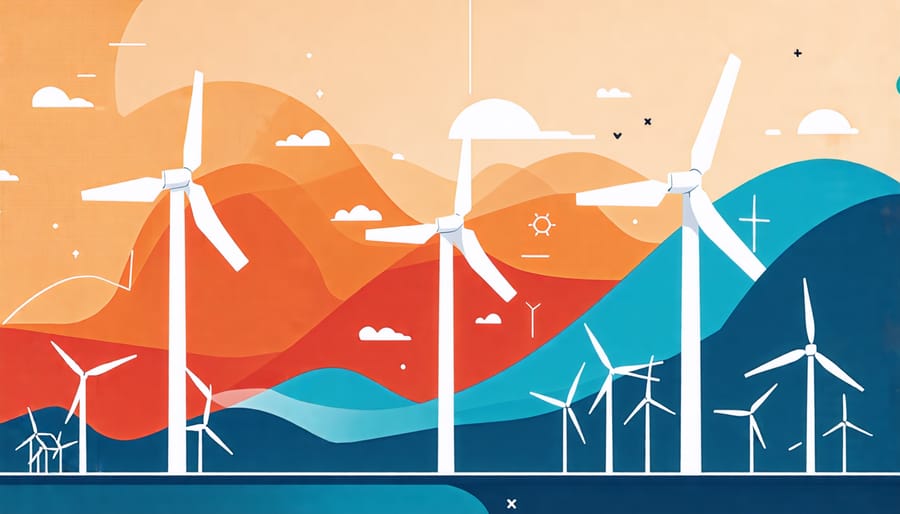
Preserving Natural Resources
Wind energy offers a significant advantage in preserving natural resources by minimizing the use of water and land. Traditional power plants, like coal and gas facilities, consume vast amounts of water for cooling purposes, but wind turbines operate without this significant water demand. This conservation is critical, particularly in arid regions where water scarcity is a pressing concern. Furthermore, wind farms occupy a small footprint on the land. While they require space for turbine placement, the surrounding areas remain viable for other uses such as agriculture or wildlife habitats. This dual-use ability of land promotes ecosystem sustainability and retains biodiversity. A compelling case study from Texas highlights how one wind farm is integrated within a cattle ranch, allowing both energy production and agriculture to coexist. As we continue to explore sustainable energy solutions, wind power exemplifies how its implementation can conserve essential resources while meeting our energy needs.
Enhanced Biodiversity
Wind farms, when thoughtfully integrated into ecosystems, have the potential to enhance biodiversity. This is achieved by designing installations that act as havens for local wildlife, with surrounding areas becoming rich in flora and fauna. For instance, some wind farms have implemented strategies such as creating protected zones that discourage agricultural and industrial activities, leading to the preservation of native habitats. Moreover, innovative projects incorporate wildlife corridors to safeguard migratory paths for birds and other species.
Successful case studies from Europe demonstrate how wind farms can coexist with nature. In Denmark, several wind farms are sited on agricultural land, where they foster biodiversity by promoting organic farming practices. Similarly, in Germany, certain wind projects have embedded bee hotels and wildflower meadows within their infrastructure, enhancing pollinator populations and providing educational opportunities about ecological conservation. These efforts highlight the potential for wind energy to not only coexist with but also actively support and nurture ecological systems.
Challenges and Criticisms
Addressing Noise and Visual Impacts
Wind turbines have long been heralded as a vital component of sustainable energy, yet their presence in communities often sparks discussions about noise and visual impacts. Modern turbine designs have significantly mitigated these concerns. Noise, often described as a low-frequency “whooshing” sound, has been reduced through advanced blade aerodynamics and improved mechanical engineering. By addressing the root causes of turbine noise, such as gearboxes and blade tips, researchers have created quieter models that comply with stringent noise regulations.
On the visual front, innovative design approaches have helped integrate turbines more seamlessly into landscapes. For instance, offshore wind farms, positioned far from shorelines, minimize visual intrusion while capitalizing on stronger and more consistent wind resources. Onshore, meticulous site selection and community consultations ensure that turbine placements respect local aesthetics and ecosystems. Success stories abound, such as in Denmark, where community engagement and state-of-the-art engineering have harmonized turbine developments with local environments. These advancements assure us that the future of wind energy can coexist with vibrant, livable communities.
Wildlife and Habitat Concerns
As the popularity of wind energy grows, so do concerns about its impact on local wildlife and habitats. Fortunately, innovative measures and technologies are being developed to address these issues. One area of focus is minimizing bird and bat fatalities caused by wind turbines. Cutting-edge solutions such as radar technology and smart cameras are being deployed to detect approaching birds and automatically slow or stop turbines, thus implementing effective bird protection measures. Additionally, researchers are experimenting with turbine design adjustments, like painting one blade black to reduce motion blur, making turbines more visible to birds.
Moreover, environmental assessments are becoming an integral part of the planning phase for new wind projects. By studying migratory patterns and local ecosystems, developers can strategically place wind farms to avoid critical wildlife habitats. This mindful planning is further supported by real-life case studies, such as the success of offshore wind farms that have adapted construction schedules to avoid disturbing marine life breeding seasons.
Expert interviews also shed light on collaborative efforts between conservationists and the wind industry to establish guidelines for environmentally responsible development. These initiatives not only mitigate harm but also promote biodiversity, reinforcing the notion that with thoughtful innovation, wind energy can coexist harmoniously with nature.
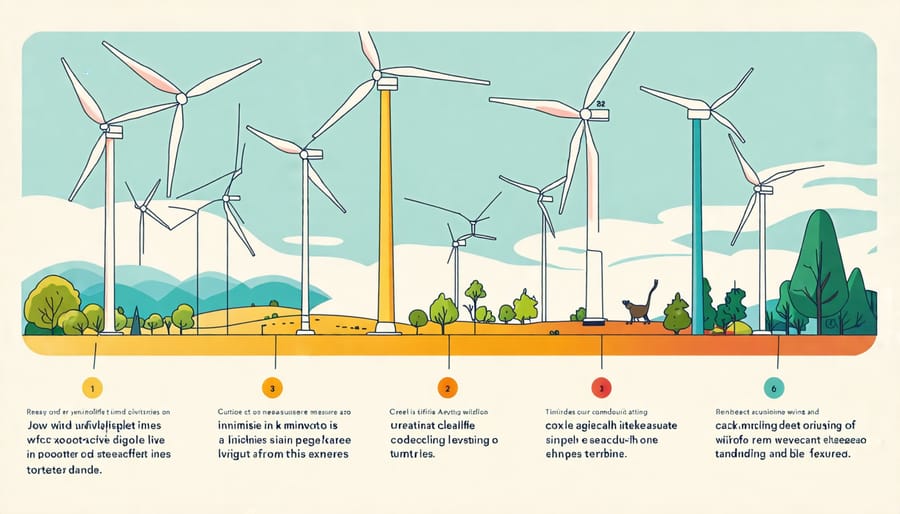
Case Studies: Successful Wind Energy Projects
Case Study: Offshore Wind Farms
The Hornsea Project, located off the Yorkshire coast in the North Sea, stands as a remarkable example of how offshore wind farms can benefit both the environment and the economy. As the world’s largest offshore wind farm, it illustrates the potential of harnessing wind power to drastically reduce carbon emissions. By generating clean electricity for over a million homes, Hornsea significantly cuts reliance on fossil fuels, thus lowering greenhouse gas emissions and contributing to efforts against climate change. Moreover, the project has spurred economic growth by creating thousands of jobs, not only in construction and maintenance but also in manufacturing and innovation sectors associated with renewable technologies. The presence of the wind farm has, to some extent, even encouraged the enhancement of marine biodiversity by creating artificial reef-like environments around its structures. Through a blend of cutting-edge technology and environmental stewardship, Hornsea exemplifies the promise of offshore wind farms as a sustainable energy solution.
Case Study: Community-Led Wind Initiatives
In recent years, community-led wind energy projects have gained attention for their significant environmental benefits and social impact. A notable example is the Middelgrunden offshore wind farm near Copenhagen, Denmark. Owned partly by a local cooperative, it has empowered residents to directly contribute to the clean energy transition while benefiting from the farm’s economic returns. This model exemplifies how community engagement can drive renewable energy adoption, providing not only environmental advantages by reducing carbon emissions but also fostering local job creation and technological innovation.
Similarly, the WindShare co-operative in Ontario, Canada, demonstrates the potential of community-led initiatives to make wind energy more accessible. By promoting local investment, WindShare has enabled citizens to become stakeholders in sustainable energy production, offering an inclusive and participatory approach to environmental stewardship. These successful projects highlight the transformative potential of community-driven efforts in aligning with global sustainability goals. Engaging local populations in wind energy projects not only enhances societal buy-in but also ensures that the benefits of clean energy are widely distributed.
The Future of Wind Energy
As we look toward the future prospects of wind energy, it becomes clear that the landscape is filled with potential and innovation. Technological advancements are at the forefront, driving efficiency and reducing costs. One exciting development is the evolution of wind turbine design, becoming more aerodynamic and effective at capturing energy even at lower wind speeds. Research is actively exploring materials that enhance durability and reduce environmental footprints.
Moreover, the potential for integration with other renewable sources, such as solar power, is becoming a significant focus. Hybrid systems that combine wind and solar energy can lead to more stable and reliable renewable energy grids. For instance, some regions are experimenting with smart grid technologies that dynamically balance energy inputs to optimize power supply.
Real-life case studies from countries like Denmark and Germany demonstrate the transformative impact of wind energy on national energy profiles. These nations are leading the way, showing how wind can significantly cut carbon emissions and drive sustainable growth. Interviews with experts in the field underscore the optimism surrounding wind energy, emphasizing its pivotal role in combating climate change.
For those interested in diving deeper, clicking on the future prospects of wind energy will offer further insights into the technologies and innovations shaping this renewable powerhouse. The path forward promises continued progress and greater contributions to a cleaner, more sustainable world.
Conclusion
In conclusion, wind energy stands as a pillar of hope in our quest for sustainable energy solutions. Its environmental benefits, including a reduction in greenhouse gas emissions and minimal water usage, position it as a critical component of the renewable energy landscape. Throughout the article, we’ve explored how wind energy contributes positively to our environment and economy, underscored by real-life case studies and expert insights that highlight successful implementations around the globe. However, as with any technology, challenges remain, such as optimizing energy storage and addressing wildlife impact. Despite these, the encouraging advances in technology and policy provide a compelling case for continued investment and development in the wind energy sector. As environmental stewards, we are called to support these efforts vigorously. By championing increased research, investment, and adoption of wind power, we can advance towards a cleaner, more sustainable future.

